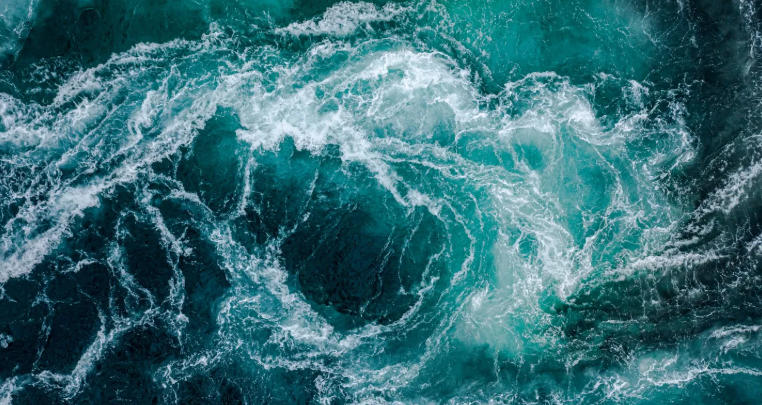Exploring the Depths: The Importance of Ocean Data Visualization
Understanding our oceans is more crucial than ever. As climate change, pollution, and overfishing threaten marine ecosystems, harnessing ocean data through effective visualization can inspire change and inform policy. This article delves into the world of ocean data visualization, highlighting its significance and potential.
The Role of Technology in Ocean Data Collection
Modern technology plays a vital role in gathering ocean data. With advancements like drones, satellites, and autonomous underwater vehicles, scientists can now collect information on water temperature, salinity, and marine biodiversity more efficiently than ever before. These tools allow for extensive monitoring of vast ocean areas, enabling researchers to identify trends and changes that could impact marine life and coastal communities. By utilizing this technology, we gain valuable insights into ocean health, equipping us to respond to environmental challenges more effectively.
Visualizing Ocean Data for Greater Impact
The visualization of ocean data transforms complex information into accessible formats that can engage diverse audiences. Through maps, charts, and interactive platforms, this data can reveal patterns and trends that might otherwise go unnoticed. For example, heat maps can illustrate rising sea temperatures, while animated graphics can show the migration patterns of marine species. Such visual tools not only enhance our understanding but also drive home the urgency of protecting our oceans. When data is presented clearly, it empowers individuals, businesses, and policymakers to make informed decisions.
Bridging the Gap Between Science and Society
Effective ocean data visualization serves as a bridge between scientific knowledge and public awareness. Educational campaigns can utilize visual tools to explain the importance of sustainable practices and conservation efforts. By making ocean data relatable, these initiatives can motivate communities to take action. Schools, local organizations, and non-profits can leverage visualizations to engage people of all ages, fostering a deeper connection with our oceans and inspiring collective stewardship. Promoting public understanding of ocean issues is essential for driving positive change.
Conclusion
Ocean data visualization is a powerful tool that can enhance awareness and drive action to protect our seas. By understanding the role of technology in data collection and the importance of clear, relatable visual communication, we can inspire a greater appreciation for our oceans. To learn more about ocean data and its visualization, explore local organizations, educational platforms, or online resources dedicated to marine conservation. The future of our oceans depends on informed and engaged citizens.

